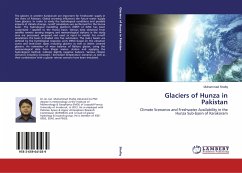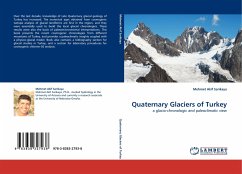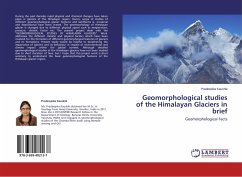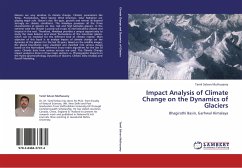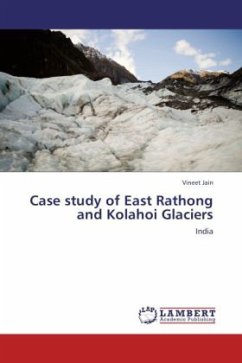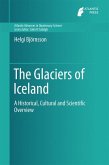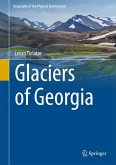The glaciers in western Karakoram are important for freshwater supply in the rivers of Pakistan. Global warming influences the future water supply from glaciers. In order to study the hydrological conditions and possible impacts of climate change, runoff simulations are performed for the Hunza basin. The hydrological modelling platform (HMP) of IMGI has been customized / applied to the Hunza basin. Various data obtained from satellite remote sensing imagery and meteorological stations in the study area are processed, prepared and used as input to model. For runoff simulations the basin is divided into five sub-basins. The (sub-) basins are defined by the hydrological response units (HRU) based on the elevation zones and land-cover types including glaciers as well as debris covered glaciers. An estimation of mass balance of Baltoro glacier, using the meteorological data from Shigar meteo- station and applying the hydrological method, indicate slightly negative balance. Various climate scenarios including increased / decreased temperature scenarios as well as their combination with a glacier retreat scenario have been simulated.
Bitte wählen Sie Ihr Anliegen aus.
Rechnungen
Retourenschein anfordern
Bestellstatus
Storno

